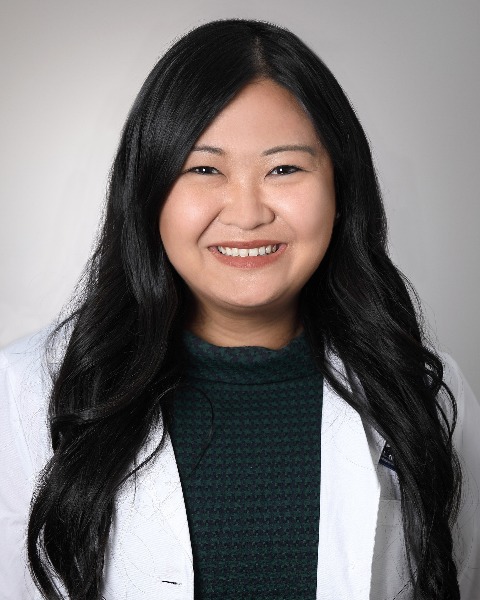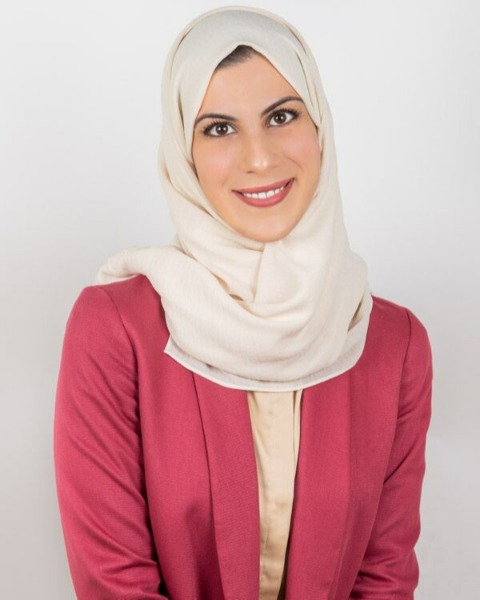Sarcoma
E421: Utilizing Patient-Derived Organoids To Evaluate Metastatic Perivascular Epithelioid Cell Tumor (PEComa)-Like Neoplasms: A Feasibility Study For A Rare Diagnosis

Tracey Pu, MD
Surgical Oncology Research Fellow
National Cancer Institute | National Institutes of Health, United States
Tracey Pu, MD
Surgical Oncology Research Fellow
National Cancer Institute | National Institutes of Health, United States
Tracey Pu, MD
Surgical Oncology Research Fellow
National Cancer Institute | National Institutes of Health, United States- SF
Steven Forsythe, PhD
Postdoctoral Fellow
National Cancer Institute | National Institutes of Health, United States - KL
Kenneth Luberice, MD
Surgical Oncology Research Fellow
National Cancer Institute, United States - BW
Bradley White, MD
Clinical Research Fellow
Surgery Branch, National Cancer Institute, United States - AG
Alexandra M. Gustafson, MD
Clinical Research Fellow
Surgery Branch, National Cancer Institute, United States 
Shadin Ghabra, MD
Surgical Oncology Research Fellow
National Cancer Institute | National Institutes of Health
Arlington, Virginia, United States- SA
Sarfraz R. Akmal, BS
Medical Student
Rutgers New Jersey Medical School, United States - YL
Yuri Lin, BS
Postbaccalaureate
National Cancer Institute, United States - LF
Lindsay Friedman, MD
Surgical Oncology Research Fellow
National Cancer Institute, United States - AE
Alyssa Eade, M.D.
Surgical Oncology Research Fellow
National Cancer Institute, United States - AR
Ashley Rainey, BS
Postbaccalaureate
National Cancer Institute, United States - HS
Hannah Stepp, BS
Postbaccalaureate
National Cancer Institute, United States - CH
Cathleen Hannah, NP
Research Nurse
National Cancer Institute | National Institutes of Health, United States - NK
Nicholas D. Klemen, MD
Physician-Scientist Early Investigator
Surgery Branch, National Cancer Institute, United States - SS
Samira Sadowski, MD
Assistant Clinical Investigator
National Cancer Institute | National Institutes of Health, United States - DK
David E. Kleiner, MD, PhD
Senior Research Physician
National Cancer Institute | National Institutes of Health, United States 
Jonathan M. Hernandez, MD
Investigator
Surgical Oncology Program, National Cancer Institute
Bethesda, Maryland, United States
ePoster Abstract Author(s)
Submitter(s)
Author(s)
Perivascular Epithelioid Cell Tumor (PEComa)-Like neoplasms are extremely rare mesenchymal neoplasms characterized by the ASPSCR1-TFE3 fusion gene. Here, we report the fourth case of PEComa-Like Neoplasms in the literature and the second PEComa-Like neoplasm presenting with hepatic metastasis. We sought to evaluate feasibility of using patient-derived organoids to elucidate potential therapeutic strategies in context of a rare disease presentation with no current preclinical models.
Methods:
Tumor biopsies were obtained from a patient presenting with a PEComa-Like neoplasm undergoing clinically indicated surgical resection. Patient tumor organoids (PDOs) were fabricated from isolated tumor cells suspended in Matrigel. Patient matched tissues and organoids were processed for post-hoc analysis for bulk RNA sequencing, whole-exome sequencing, and immunohistochemistry (IHC). PDOs were treated with a battery of agents for 96-hours. Post-treatment viability was assessed, with additional qualitative analysis completed via fluorescent imaging. Drug efficacy was measured as ≥50% viability of drug treatment compared to control conditions.
Results:
Six tumor specimens were processed from three tumor sites, including the primary lesion (n=4), intra-caval lesion (n=1), and hepatic metastasis lesion (n=1). Successful organoid fabrication was seen in 6/6 sites (100%), with successful therapeutic testing performed in 4/6 sites (66.7%). All lesions reached a minimum of three culture passages. PDOs demonstrated IHC characteristics of the parent tumor tissues, including Melan-A expression. The liver metastasis showed a comparative increased doubling time in culture, while primary lesions and the intra-caval lesion grew more slowly. Patient lesions demonstrated similar responses to standard of care chemotherapy (doxorubicin). However, variable optimal clinical responses were observed in small molecule inhibitor treatments, with several demonstrating optimal drug response in only 1/3 lesions including cabozantinib (primary), sirolimus (liver metastasis), and pazopanib (intra-caval lesion).
Conclusions:
Patient-derived organoids are a feasible preclinical model for studying drug sensitivity in rare diagnoses.
Learning Objectives:
- Demonstrate use of patient-derived organoids to study experimental therapy response for a rare diagnosis.
- Investigate intrapatient drug response heterogeneity of primary versus metastatic lesions in a rare-tumor type with no current pre-clinical models available.
- Describe histopathologic characterization of perivascular epithelioid cell tumor (PEComa)-like neoplasms for diagnosis.
